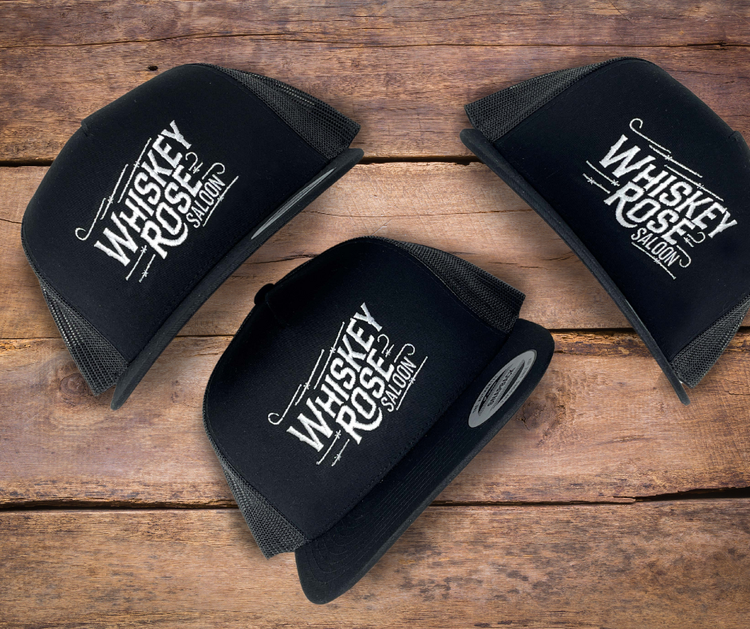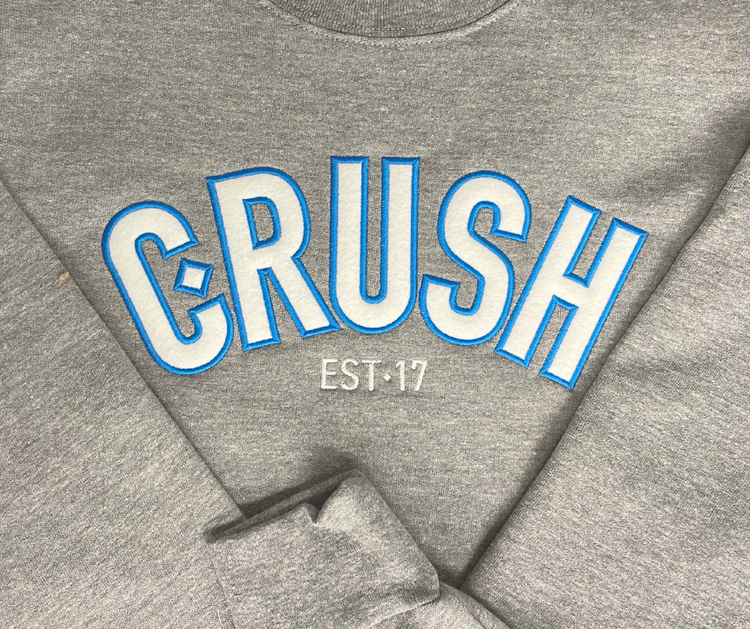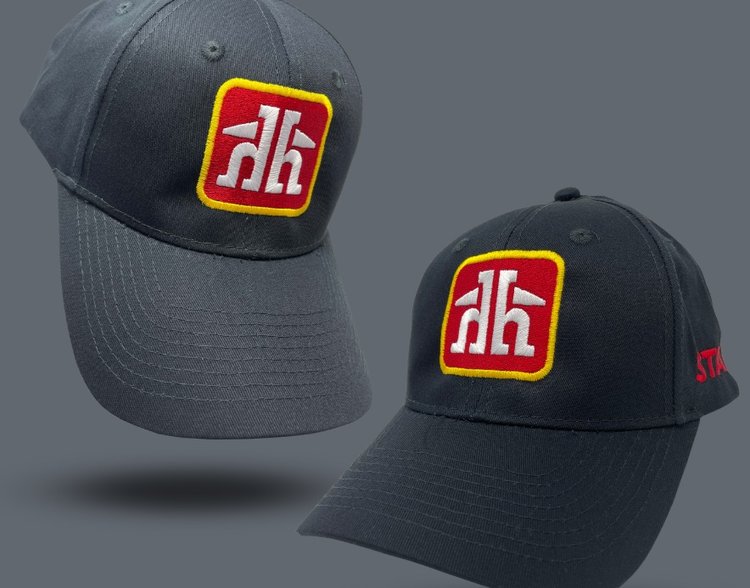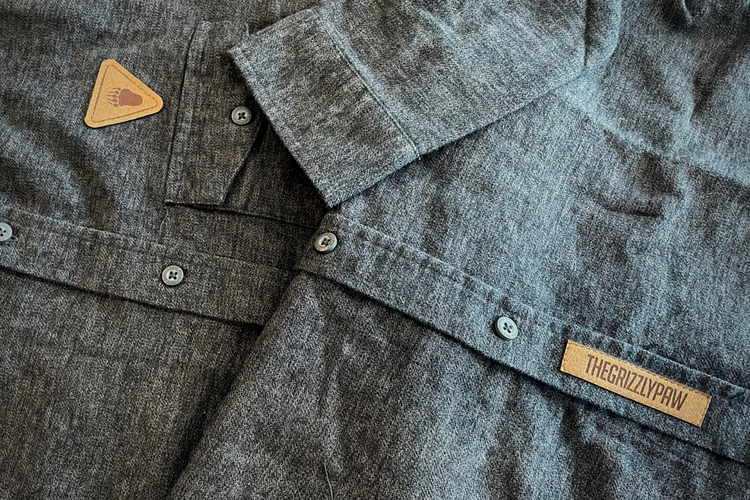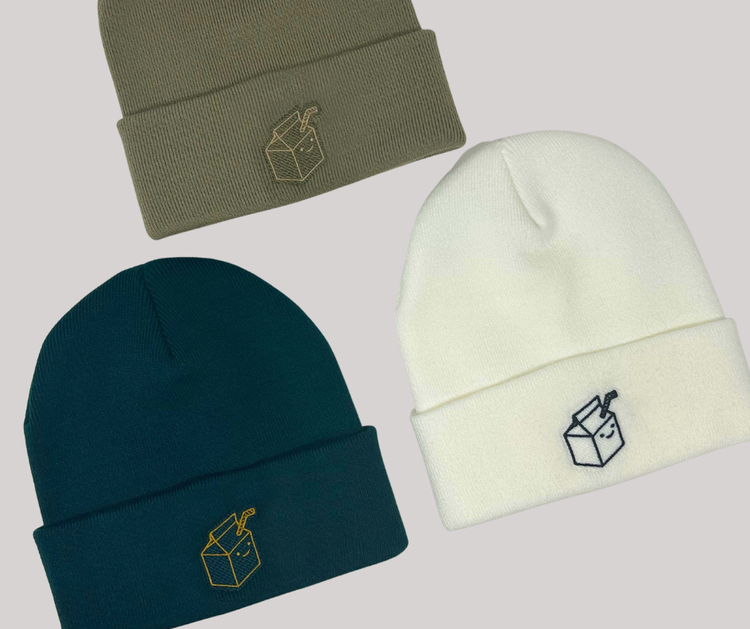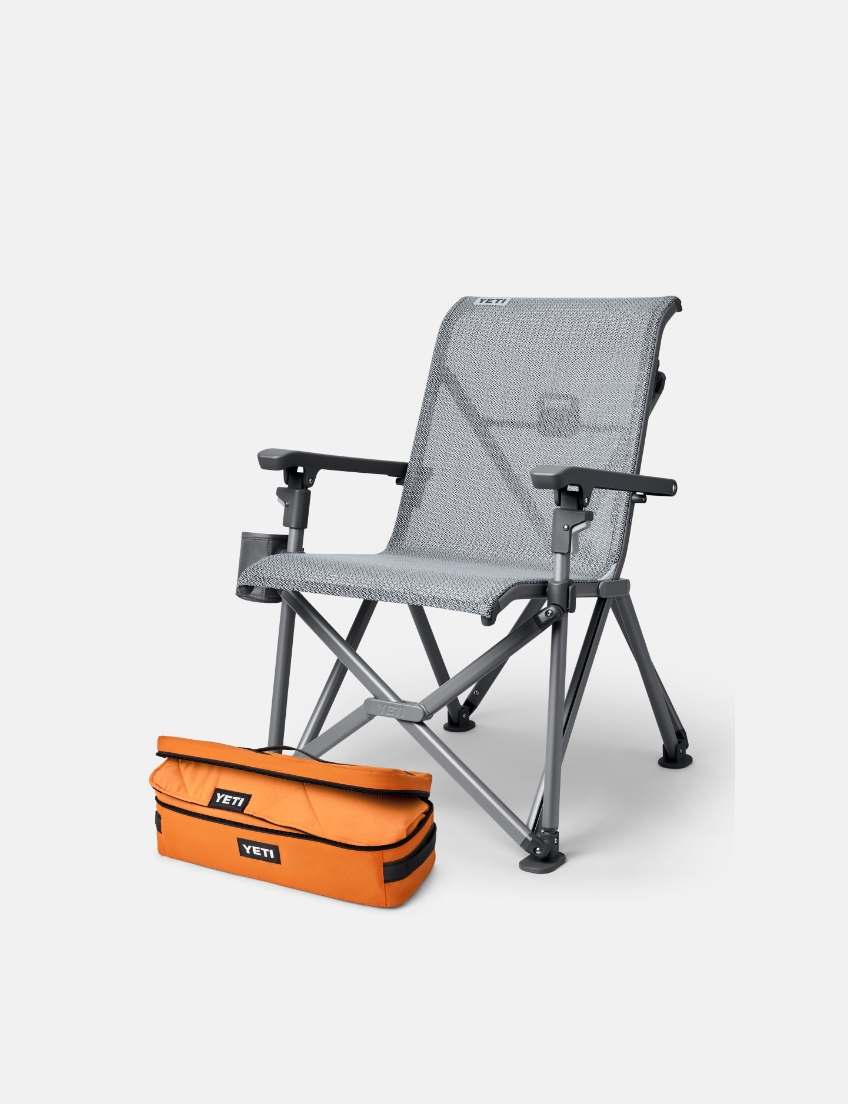

Embroidery services in Canada.
Polar Promotions is a leading choice for custom embroidery in Canada. Embroidery is a decorative technique that involves stitching designs, patterns, or logos onto fabric using specialized sewing machines. It adds texture, dimension, and a professional finish to garments, accessories, and other textiles. Our 10,000 square foot Calgary facility boasts a collection of fully capable embroidery machines. Not located in Alberta? No problem! We have decoration partners across the country.
What promotional products can be embroidered?
Some common items that we offer for embroidery in Canada include, t-shirts, hats, work wear, jackets, hoodies, and more.
Want to see more? Click the link below to visit our shop.
Let's go shopping!How does embroidery work?
Embroidery machines automate the process of stitching intricate designs onto fabric. The operator inputs or selects a design, hoops the fabric, and loads the design into the machine. The machine stitches the design onto the fabric using multiple needles threaded with different colours of embroidery thread. It follows the design file’s instructions, moving the hoop and fabric while stitching each colour and element. Our modern machines include features like touchscreen interfaces and automatic thread tension adjustment. After stitching, the fabric undergoes quality control checks before being finished.
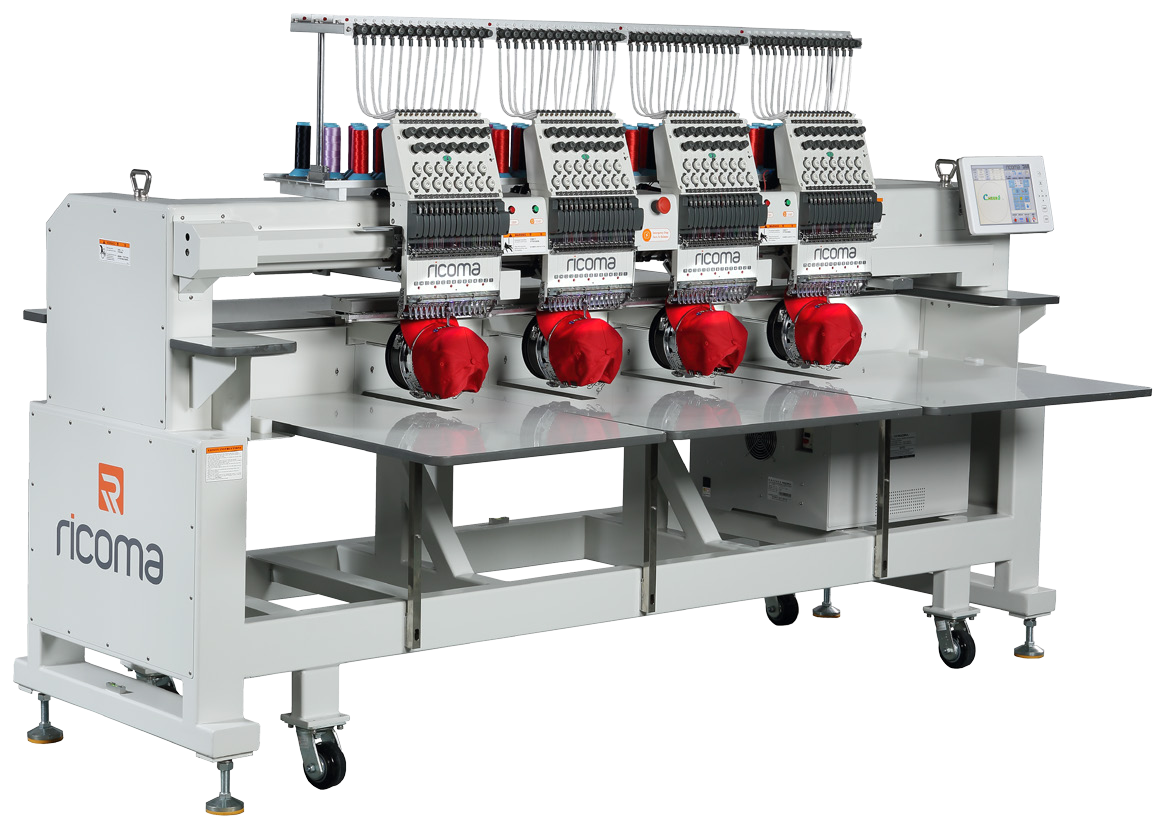
We only use high-quality embroidery machines.
What are the benefits of embroidery?
Embroidery offers numerous benefits for adding designs, logos, and embellishments to various types of fabric.
Embroidery results in a more professional appearance.
Embroidery adds a touch of sophistication and professionalism to garments, accessories, and other textiles. The raised texture and dimensional quality of embroidered designs create a polished and upscale look.
Embroidery is more durable.
Embroidered designs are highly durable and long-lasting, capable of withstanding multiple washes and extensive wear without fading, peeling, or deteriorating. This makes embroidery ideal for items that will be subjected to frequent use and laundering, such as work uniforms, sports jerseys, and promotional apparel.
Embroidery allows for texture and detail.
Embroidery allows for intricate and detailed designs with a wide range of textures and stitch patterns. This adds depth and visual interest to embroidered products, enhancing their overall aesthetic appeal.
Does embroidery have limitations?
Complexity of Designs.
Embroidery may not be suitable for extremely complex designs or images with fine details. The nature of embroidery stitching can sometimes result in simplification or loss of detail in intricate designs.
Stitch Count.
Embroidery machines have a limit to the number of stitches they can produce per design. Designs with a very high stitch count may require more time to embroider and may be more costly.
Fabric Compatibility.
While embroidery can be done on a wide range of fabrics, certain materials may present challenges. Stretchy or delicate fabrics, such as silk or spandex, may not hold up well to the tension of embroidery and may require special handling or stabilization.
Size Constraints.
Embroidery machines have limitations on the size of the embroidery area they can accommodate. Designs that exceed these dimensions may need to be scaled down or split into multiple sections for embroidery.
Embroidery FAQ.
What is the difference between embroidery and silk screen?
- Heat transfer involves using heat to apply pre-printed designs onto surfaces, while silk screen printing uses stencils to apply ink directly onto surfaces. Heat transfer is simpler and better for intricate designs but less durable, while silk screen printing is more durable and suited for larger quantities with simpler designs.
What type of thread does embroidery use?
- Embroidery primarily uses specialized embroidery thread, made from materials like cotton, polyester, or rayon. This thread comes in various colours and weights, tailored for machine and offers different sheens and strengths to suit diverse designs and fabrics.
What is the best t-shirt printing method?
- Ultimately, the best method depends on your specific needs, considering factors like design complexity, quantity, budget, and desired durability. We recommend connecting with a rep to get started.
Ready to get started?
Fill the form below and a team member will respond within 24 hours.

